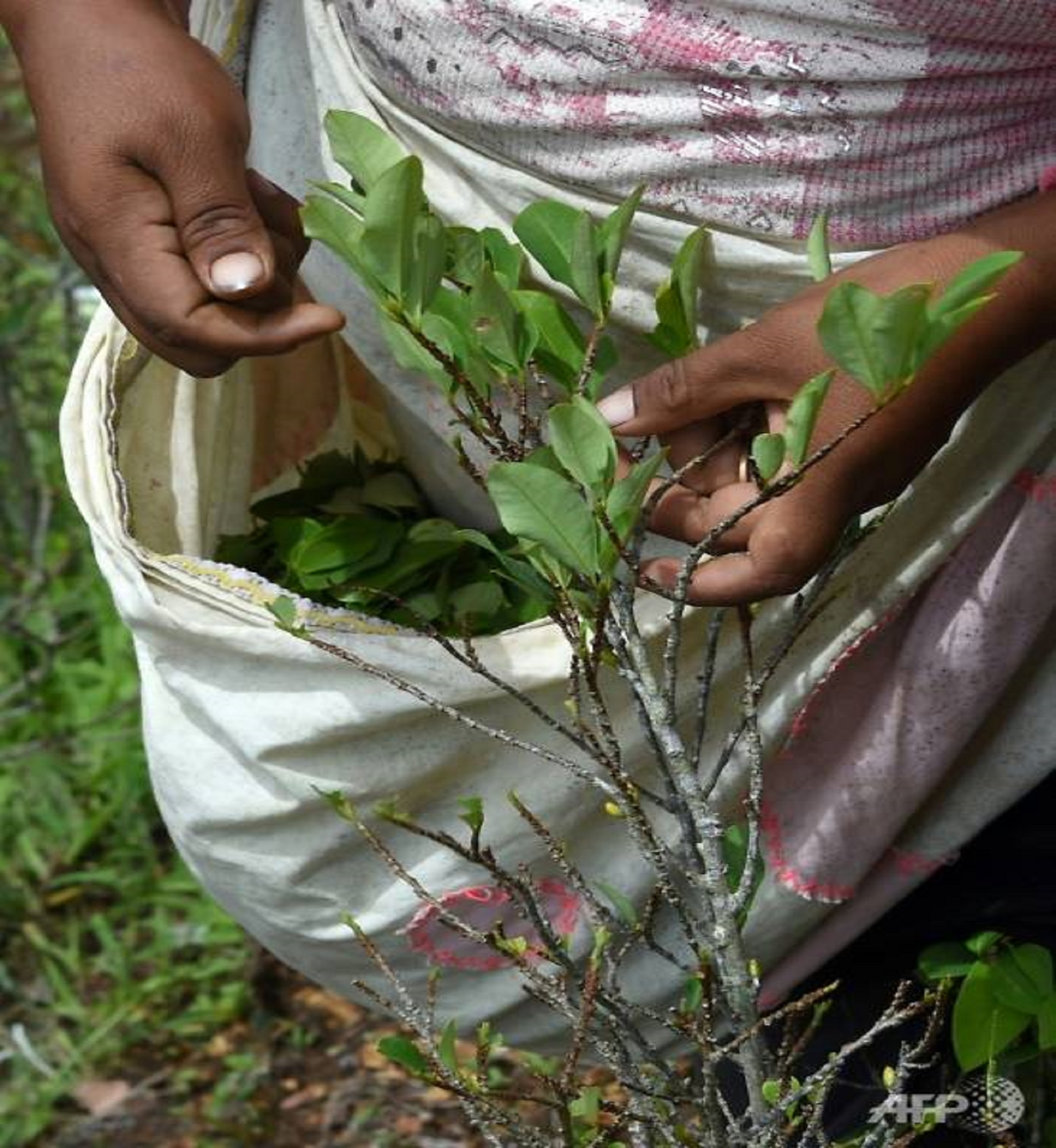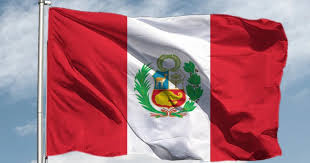
COROICO (Bolivia), Dec 14 (NNN-AGENCIES) — For the coca farmers of western Bolivia’s Las Yungas region, the loss of president Evo Morales – himself a one-time coca grower, and a champion of indigenous rights – is less worrying than the drop in price of their “holy leaf” crop.
And the growers of the coca leaf – the raw material for making cocaine but also a mainstay of pre-colonial life – are warning of “war” if the amount of land under legal cultivation is reduced by the interim government in power since Morales resigned last month.
“Coquita”, as it is known locally, is the only crop grown in Cruz Loma, a village near the town of Coroico, perched 1,700m above sea level in the Andes.
“There are no citrus trees, no coffee plants, nothing,” said Gladys de Quispe, pointing at a hilly parcel of land of some 1,600 sq m, divided into terraces, where her family grows coca leaf.
The almost fluorescent green of the plants stands out against other lush vegetation in this subtropical mountain zone, a warm and humid area with heavy rainfall.
“The price can’t go down, or we’ll all die,” said the 38-year-old.
Bolivia is the third largest producer of cocaine in the world, after Colombia and Peru.
The plant constitutes the raw material for cocaine production, but since pre-colonial times it has also been used in everyday life by the indigenous population, who chew the leaves, use it in teas and for religious rituals. It is also used for cosmetics and medicines.
For the Yungas, as the people here call themselves, coca growing is a tradition passed down from generation to generation. Gladys is the daughter and granddaughter of coca growers. Her husband and four children grow the leaves, which brings in around 2,000 bolivianos (US$280) a month for the family.
“We just scrape by. This pays for our kids’ schooling,” complained her aunt Eudora.
In Cruz Loma, a village of around 2,000 people where the Yungas live, there is a primary and a secondary school that the children and teenagers attend when they are not doing the arduous work of planting, harvesting or drying the leaves in the sun.
Since the late 1980s, Bolivia has pledged to eradicate the cultivation of the coca leaf.
According to the UN Office on Drugs and Crime (UNODC), the area under coca cultivation decreased by 6 per cent from 2017 to 2018, from 24,500 to 23,100 ha.
But the crop produced on that land is still more than what the experts determine is necessary for legal consumption.
Coca grower Luis Prudencial warned “there’ll be war” if the interim government of Jeanine Anez, or whoever wins the next election, decides to cut their lands “even by a bit.”
“We won’t let that happen,” he said. If the government “behaves badly, they’ll be kicked out.”
For years, many of the farmers have been flouting the rules and planting in places they are not allowed to. Gladys pointed to a large swathe of brilliant green, an “illegal” patch growing beneath the terraces on the hillside.
“Everyone knows where it is,” she said.
By contrast, the majority of coca growers in Chapare are demanding the return of their native Aymara leader.
Under Morales’ 14 years in power, the price of coca in the authorised markets in La Paz and Cochabamba doubled.
In 2018, the average price of a kilo of coca leaf in these markets was US$12.50, while in 2008 a kilo sold for US$6.10 in La Paz and US$5.50 in Cochabamba.
The tensions between the Yungas and Morales came to a head in 2017 when the former president approved the controversial “Coca Law” which expanded the area under legal cultivation from 12,000 to 22,000 ha.
The directive put an end to the monopoly on legal production that the Yungas had enjoyed until then, and authorized plantations in Chapare, which had until then been illicit.
The Yungas contend that they are the real producers of coca for traditional use, arguing that the Chapare crops are destined for use in cocaine production and narcotrafficking.
“Ours is medicine, theirs is cocaine”, said Gladys. — NNN-AGENCIES





